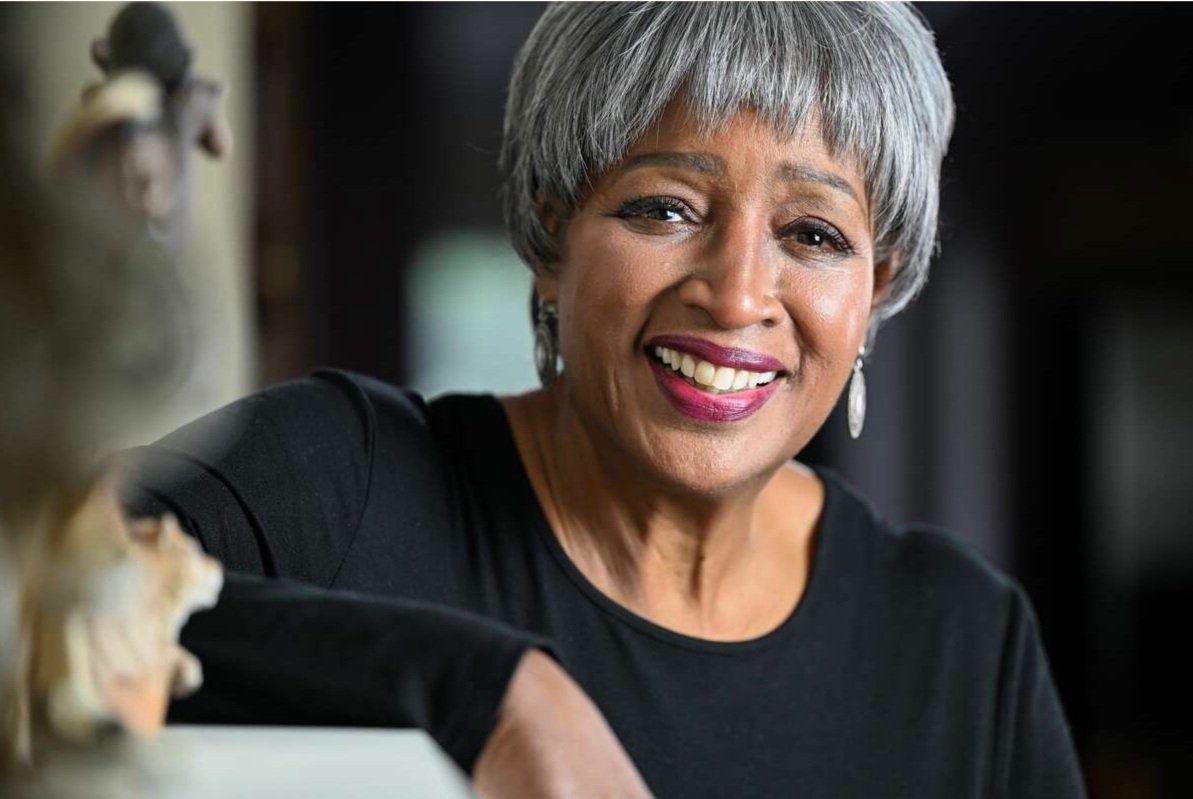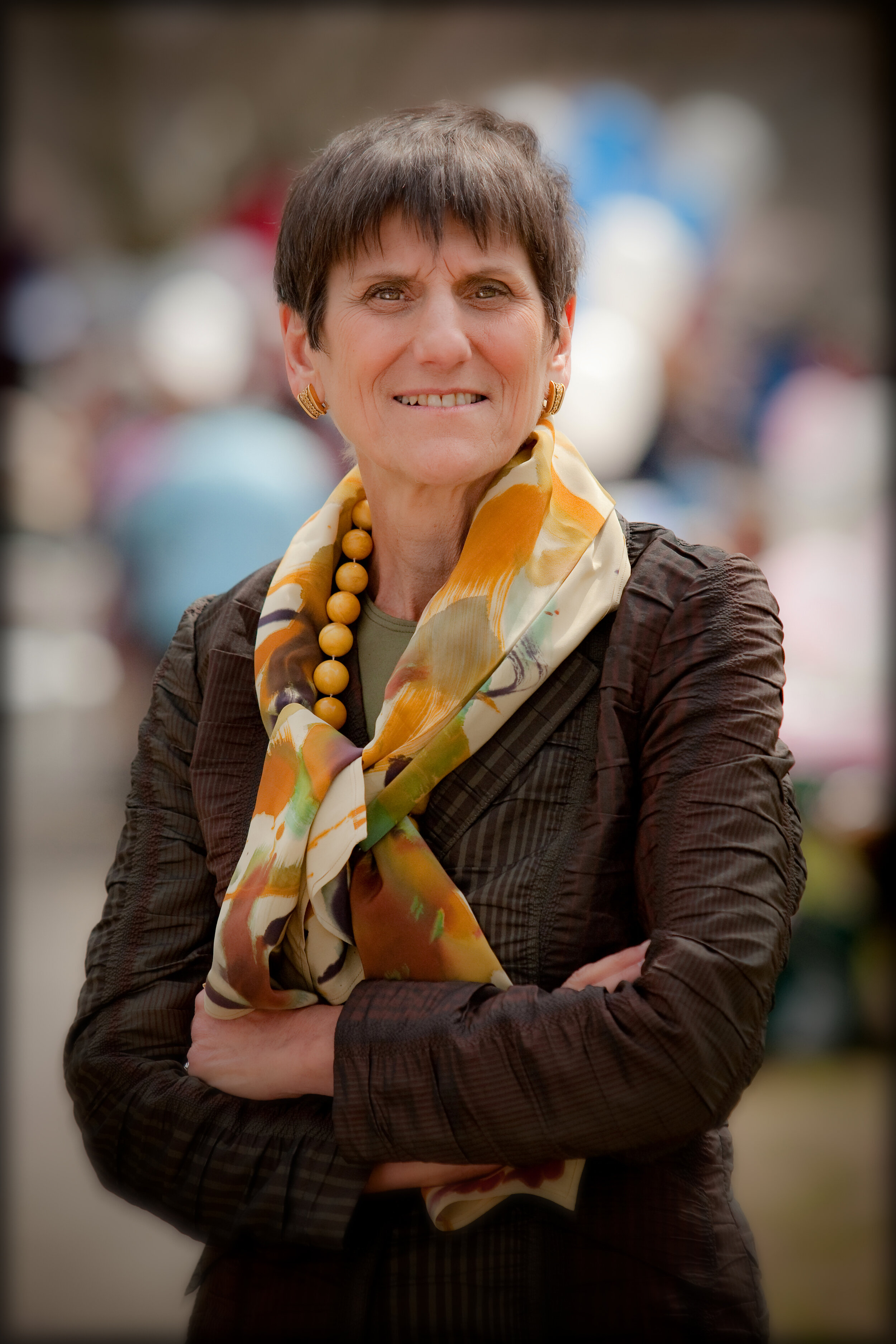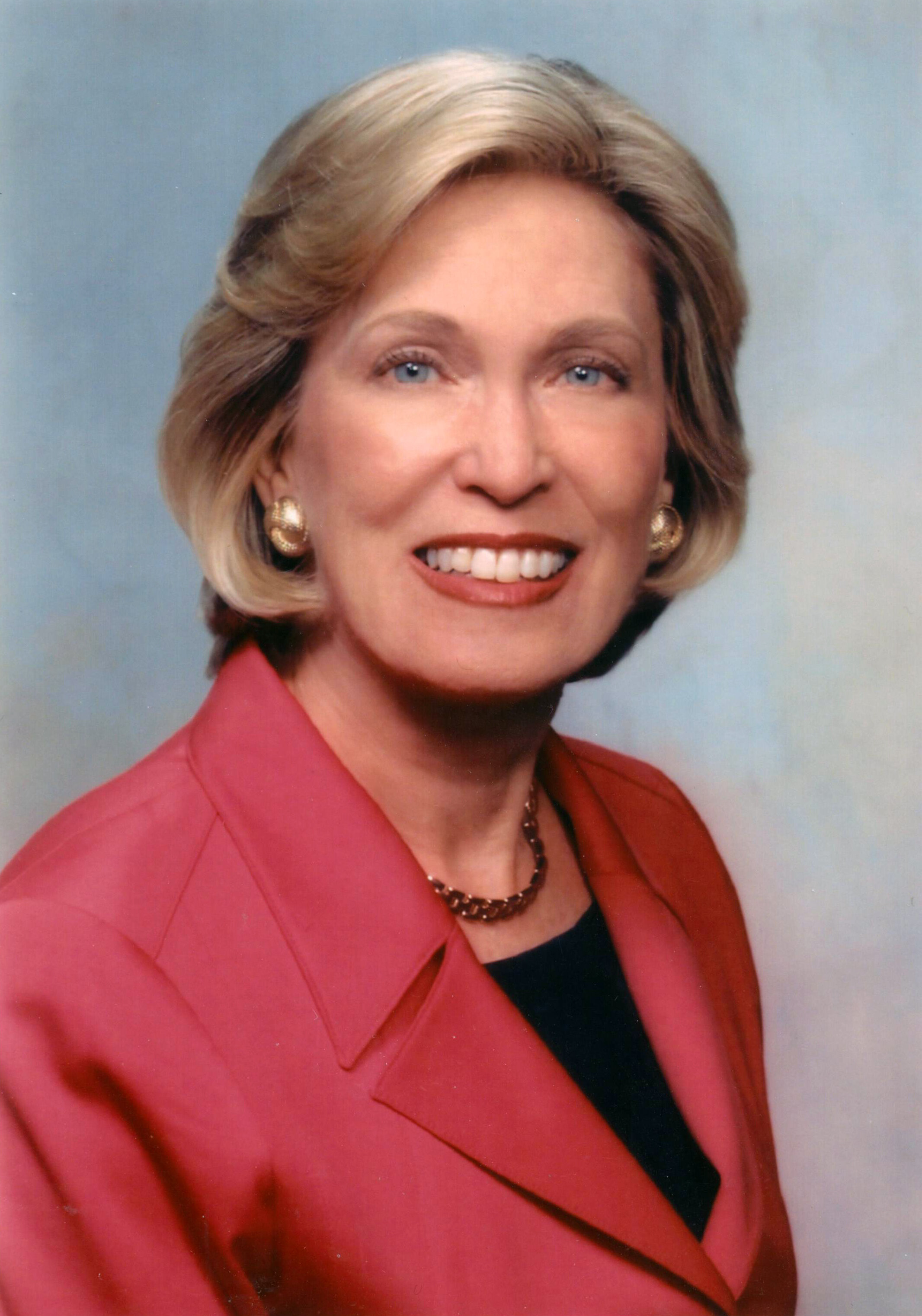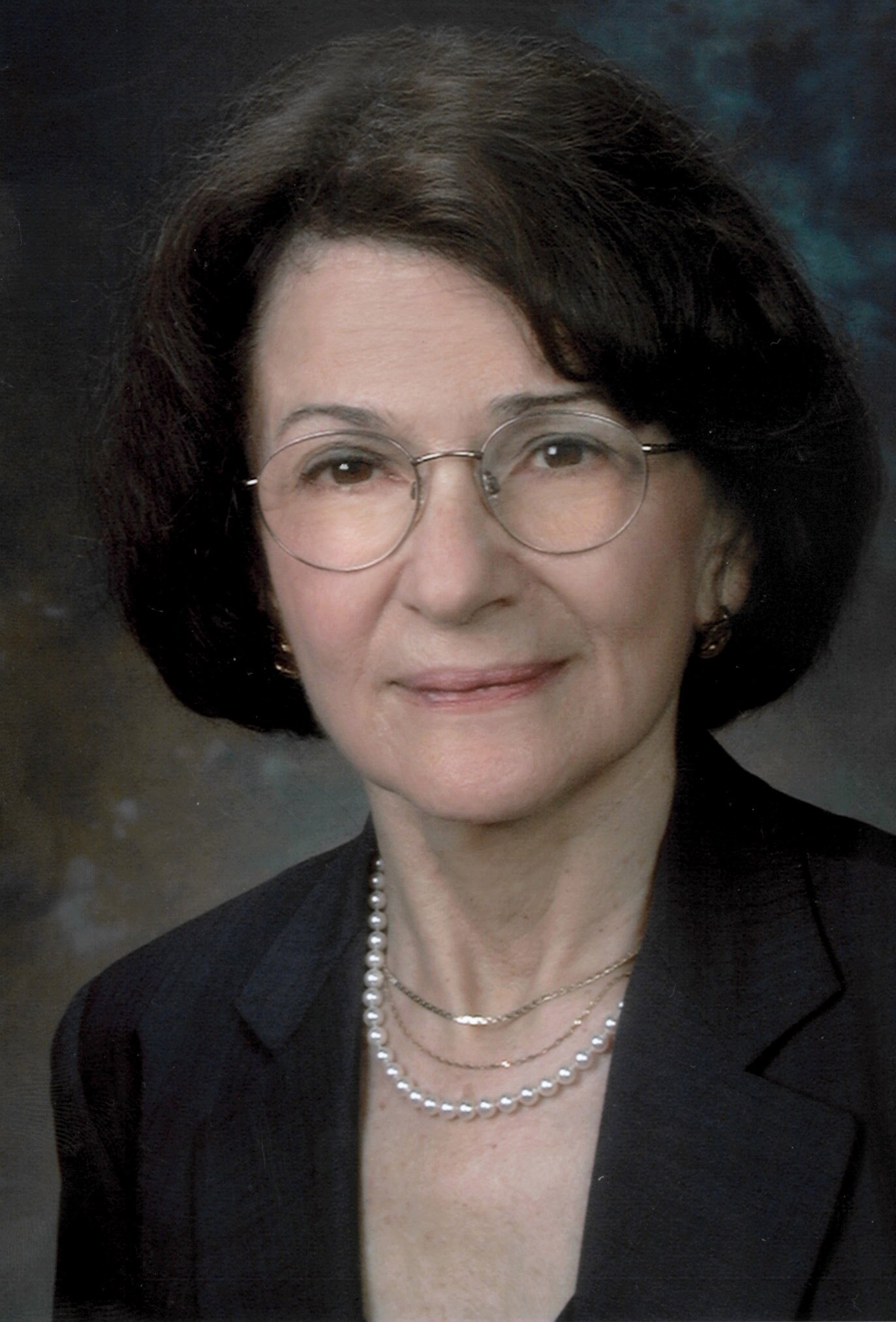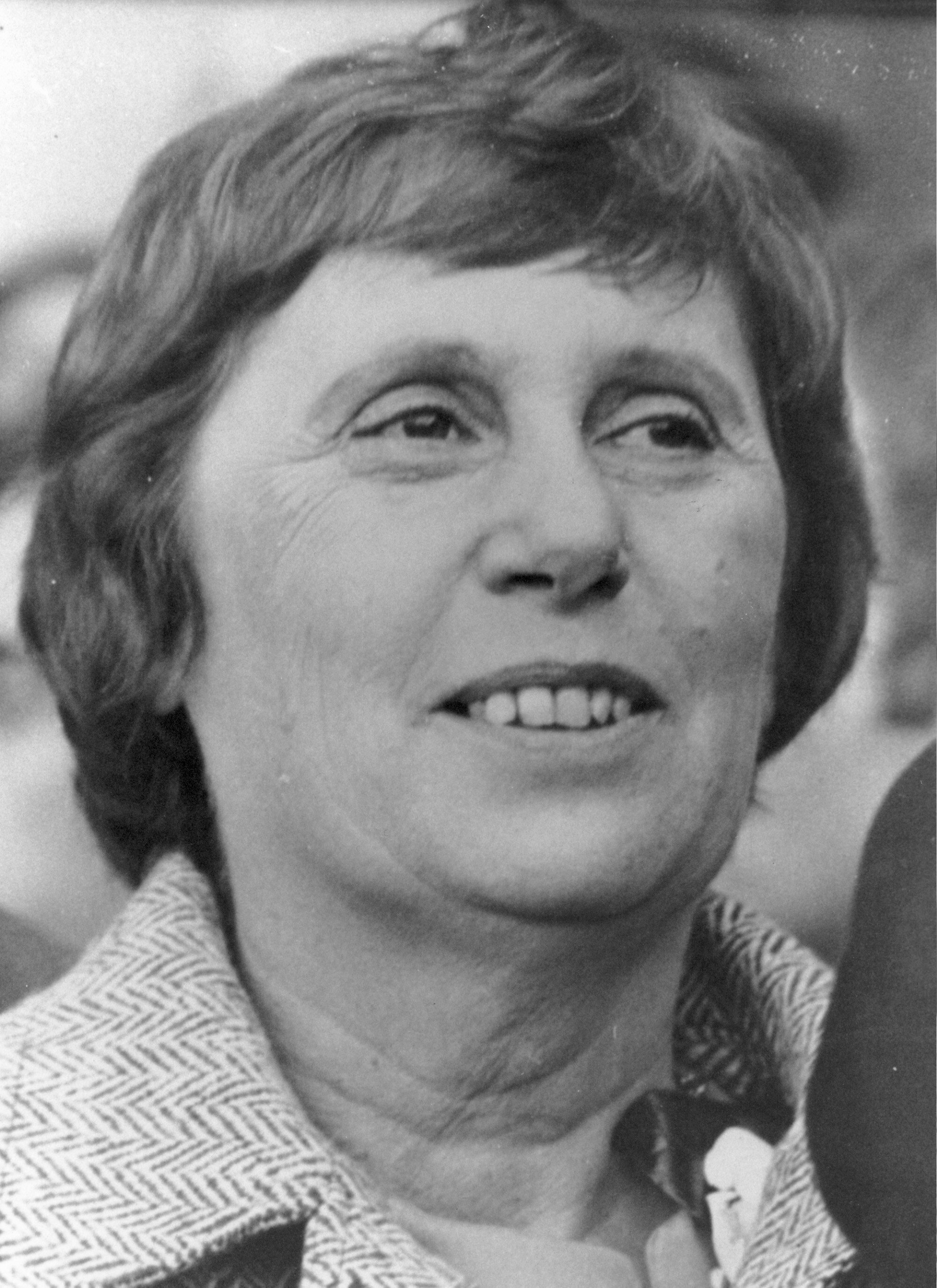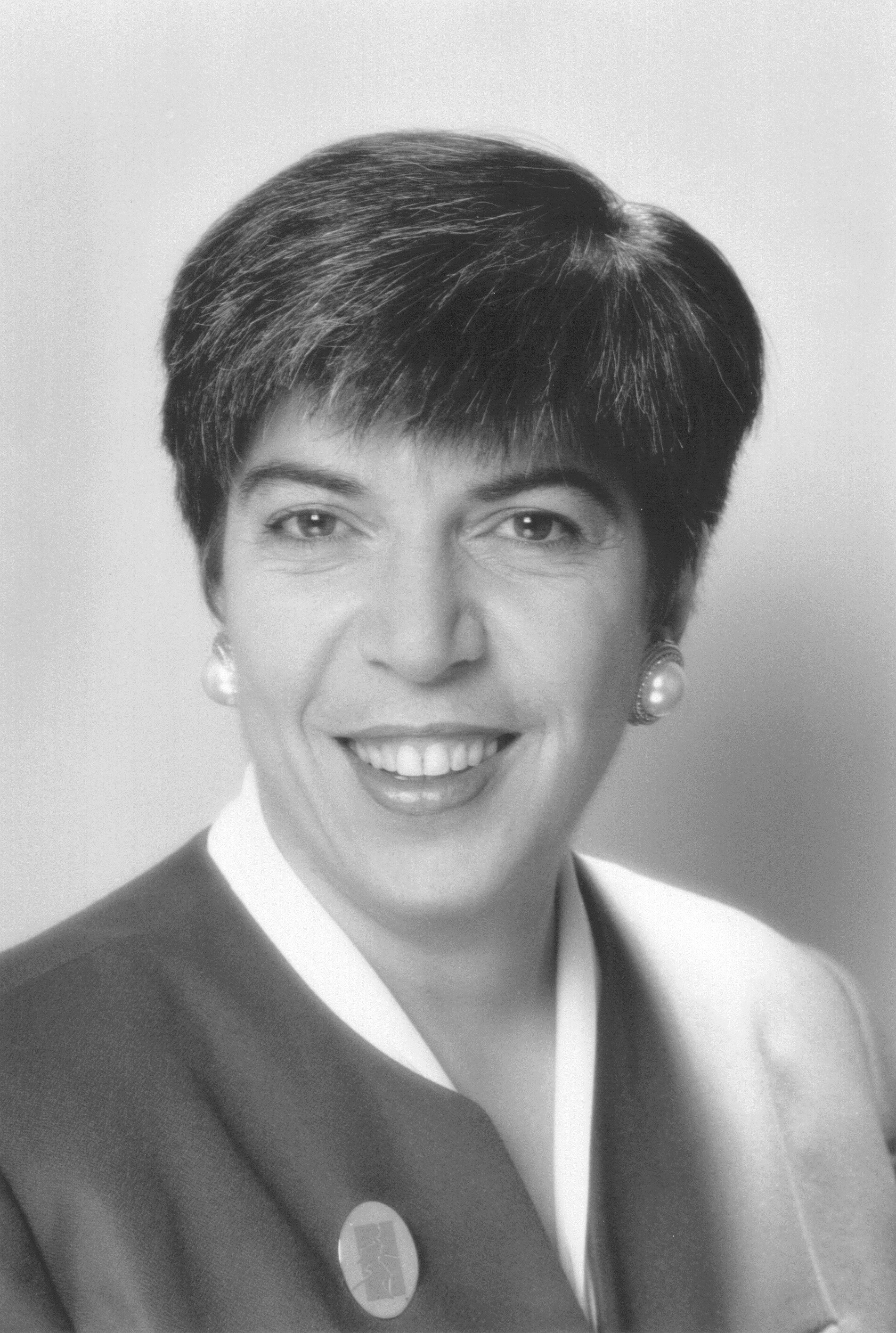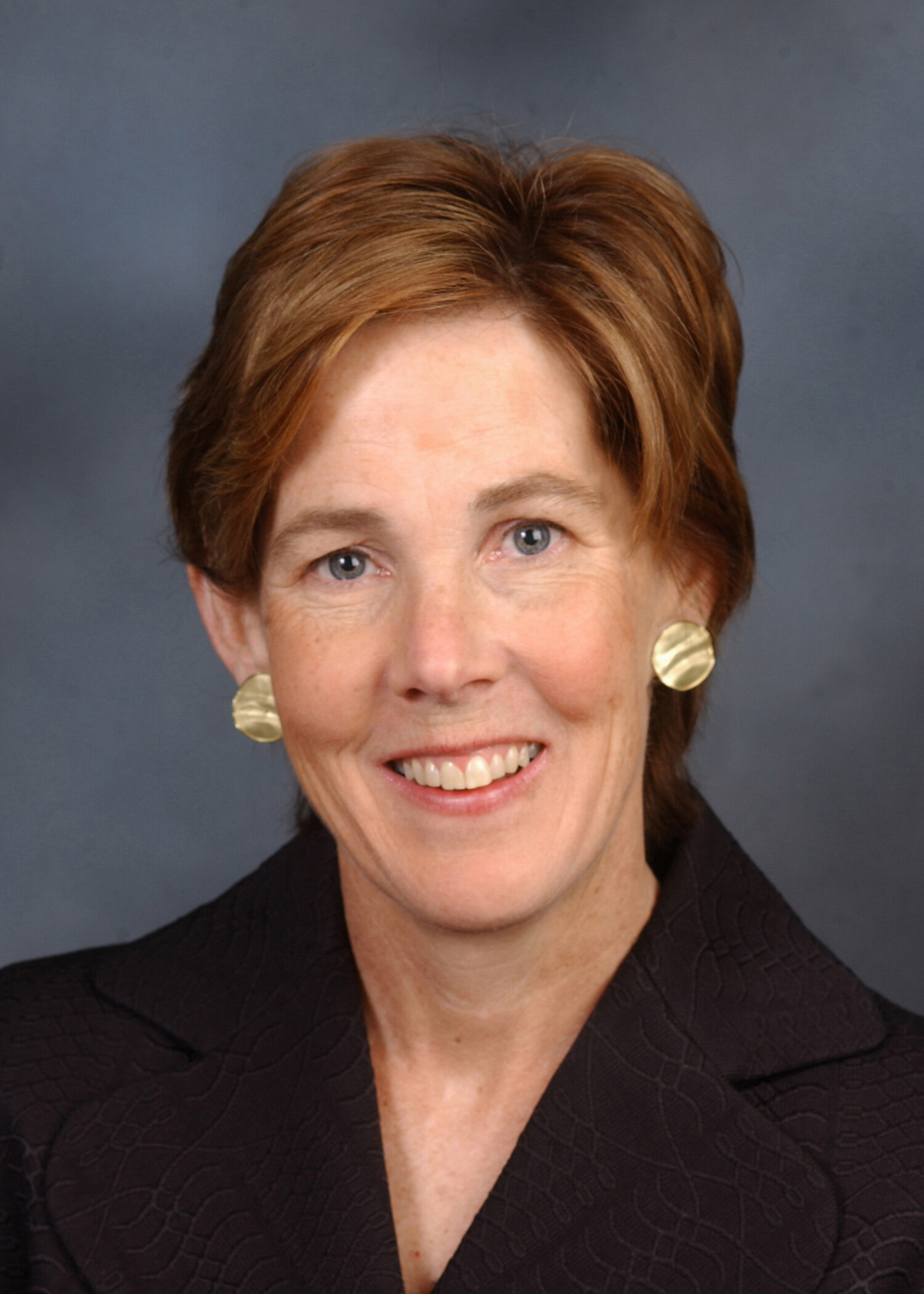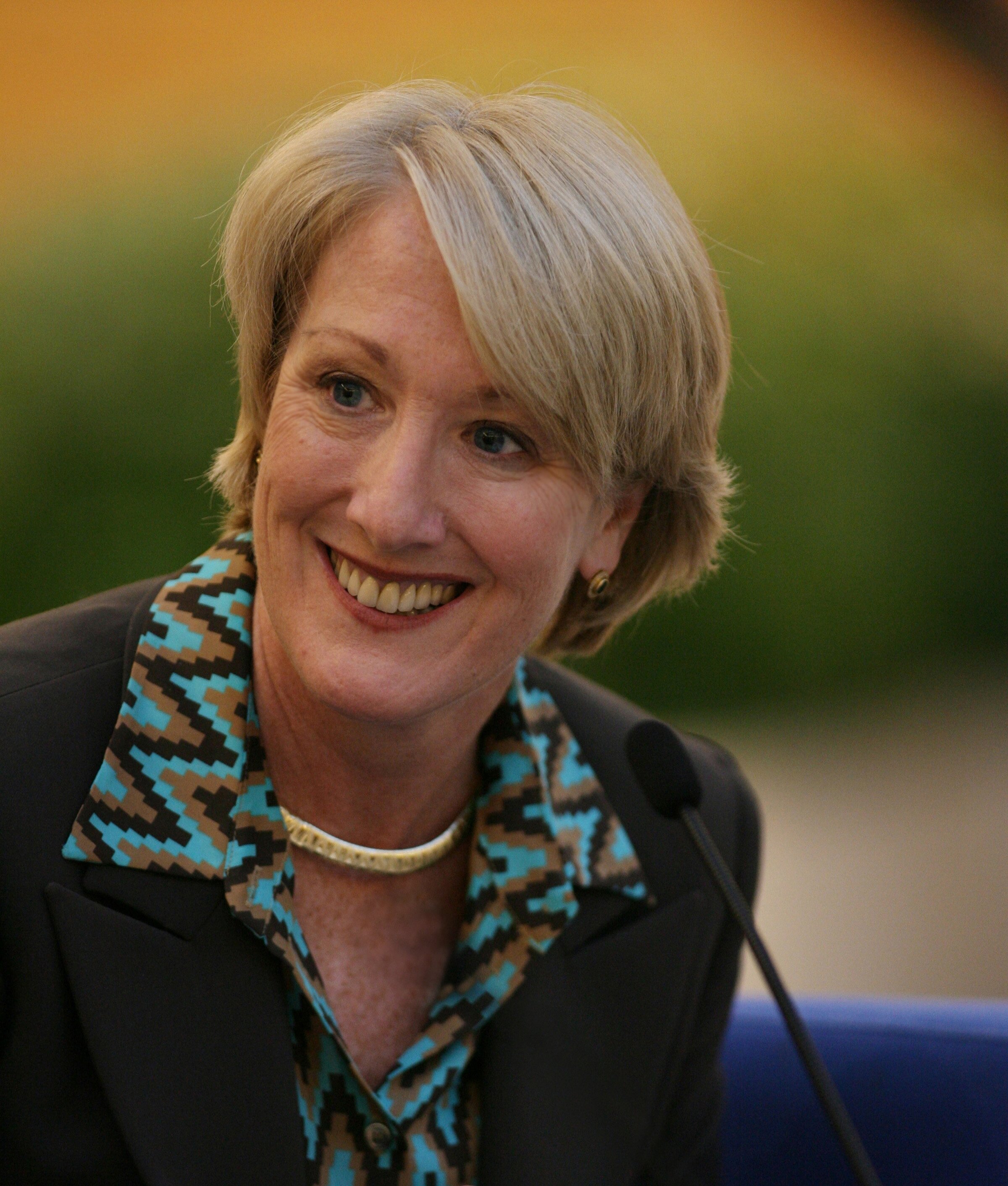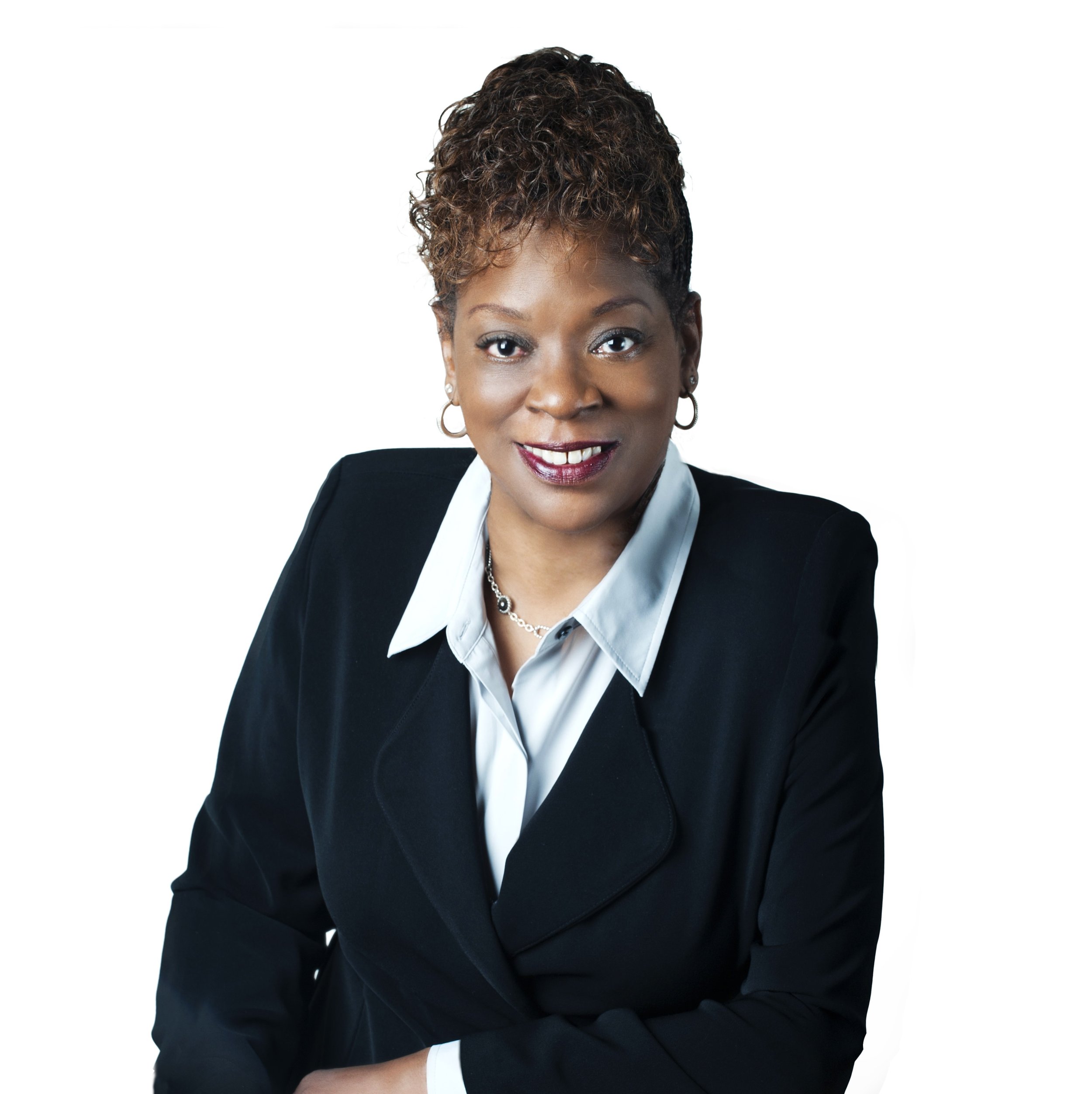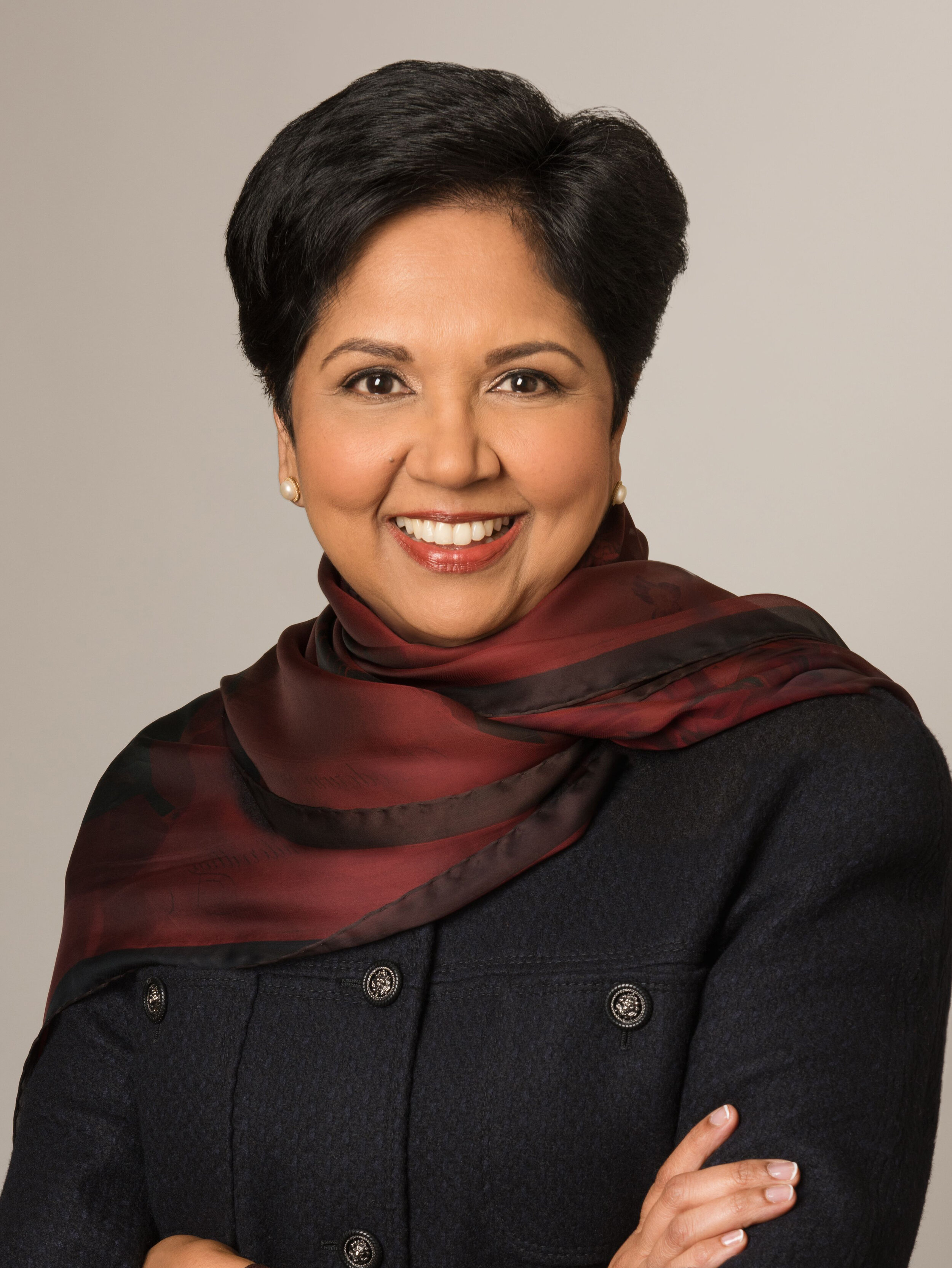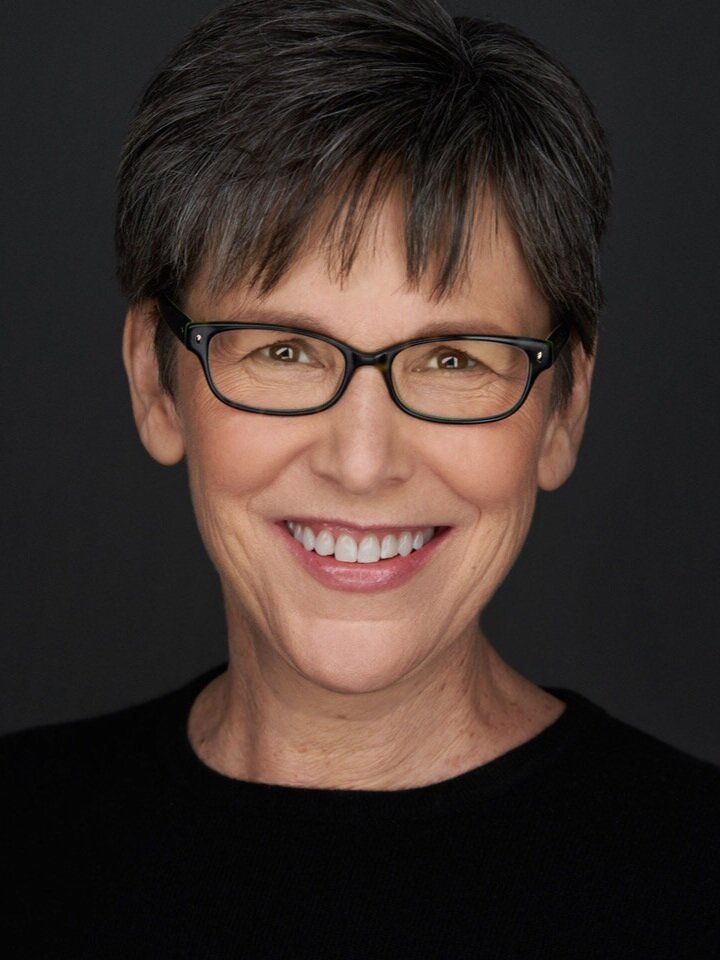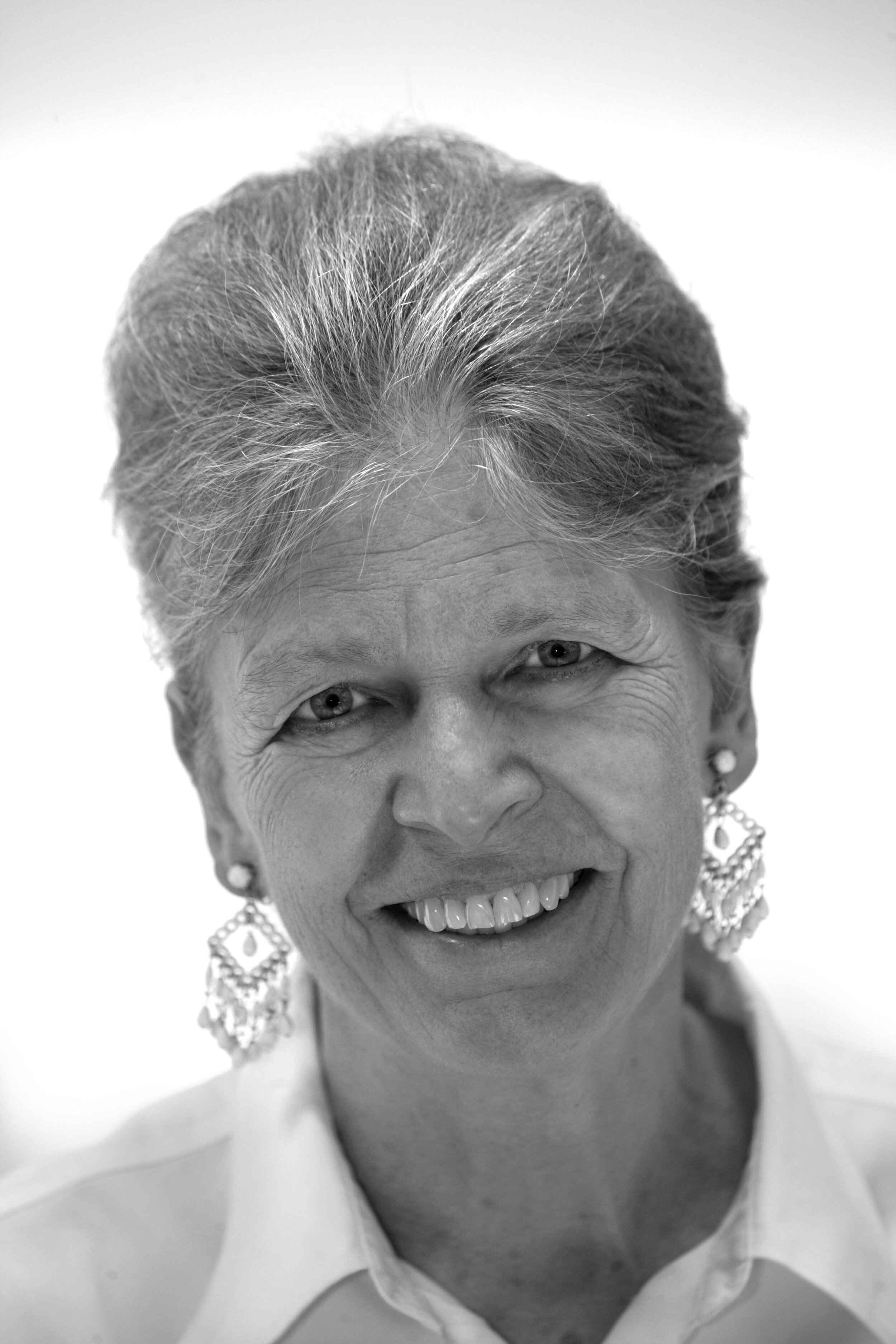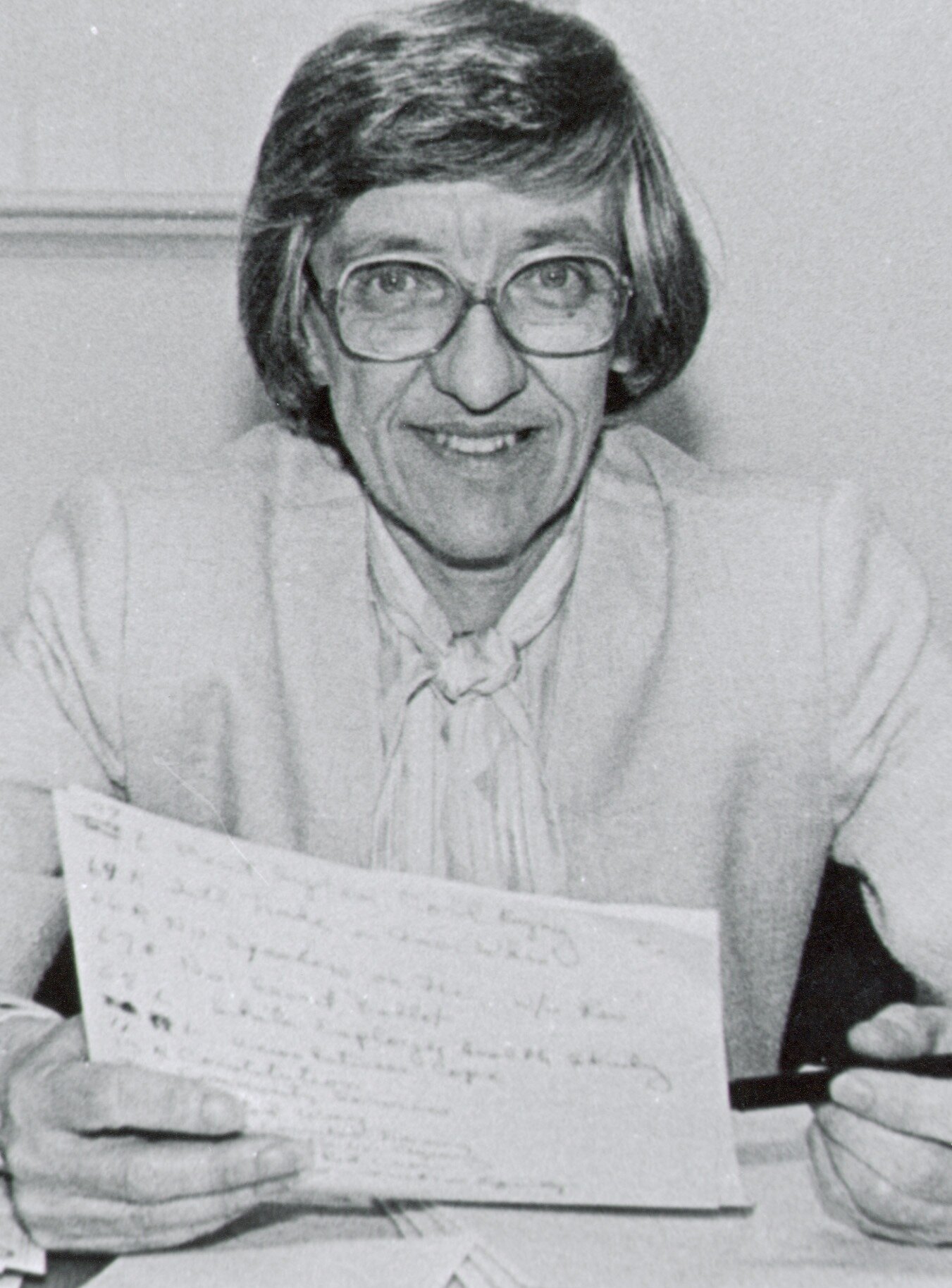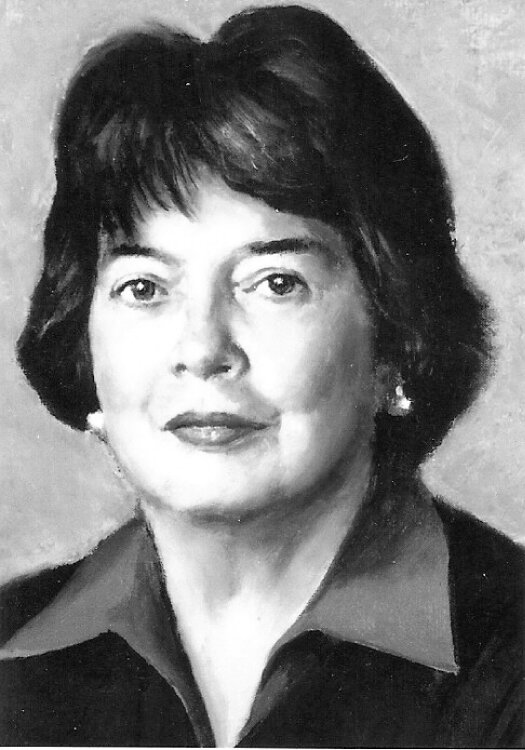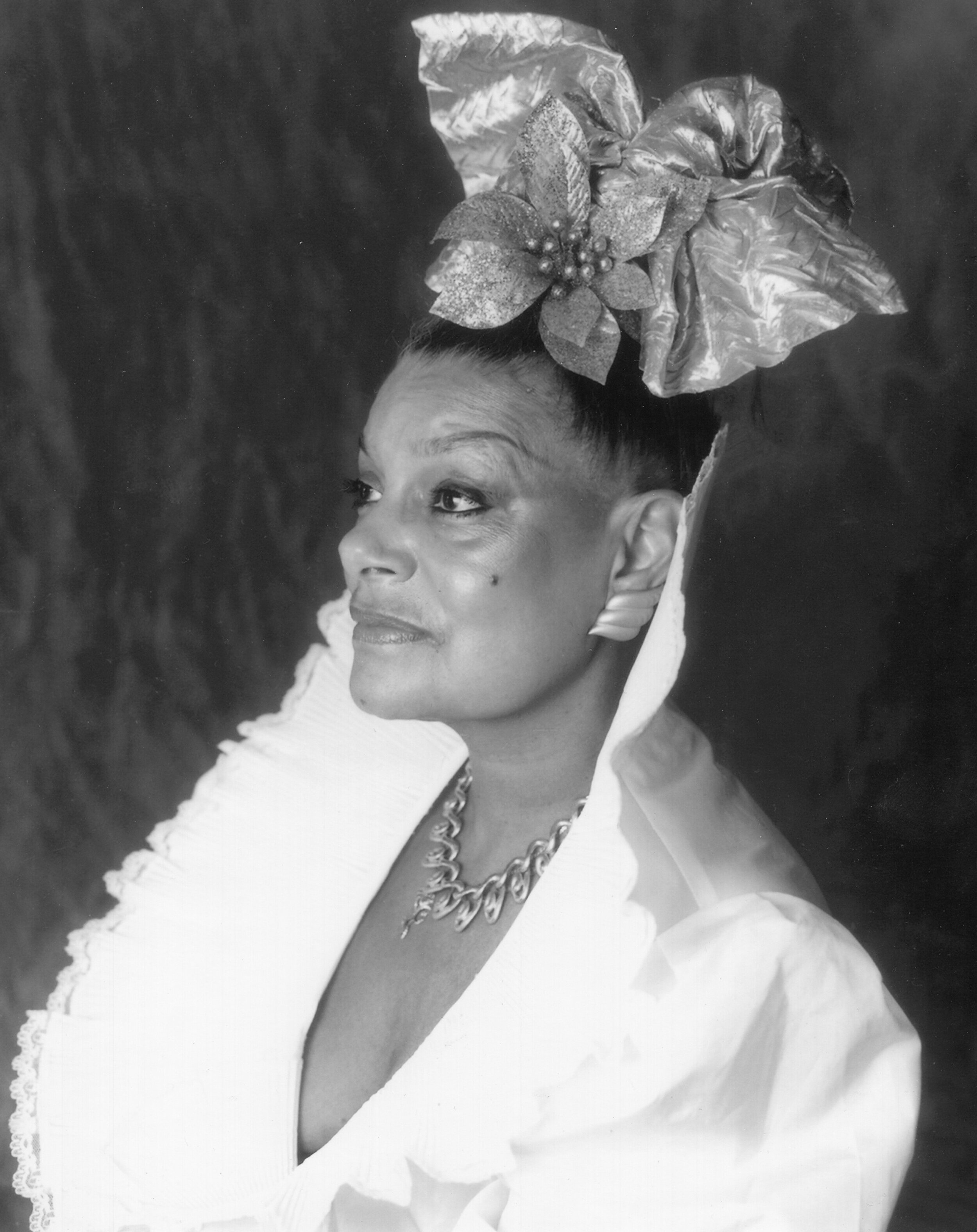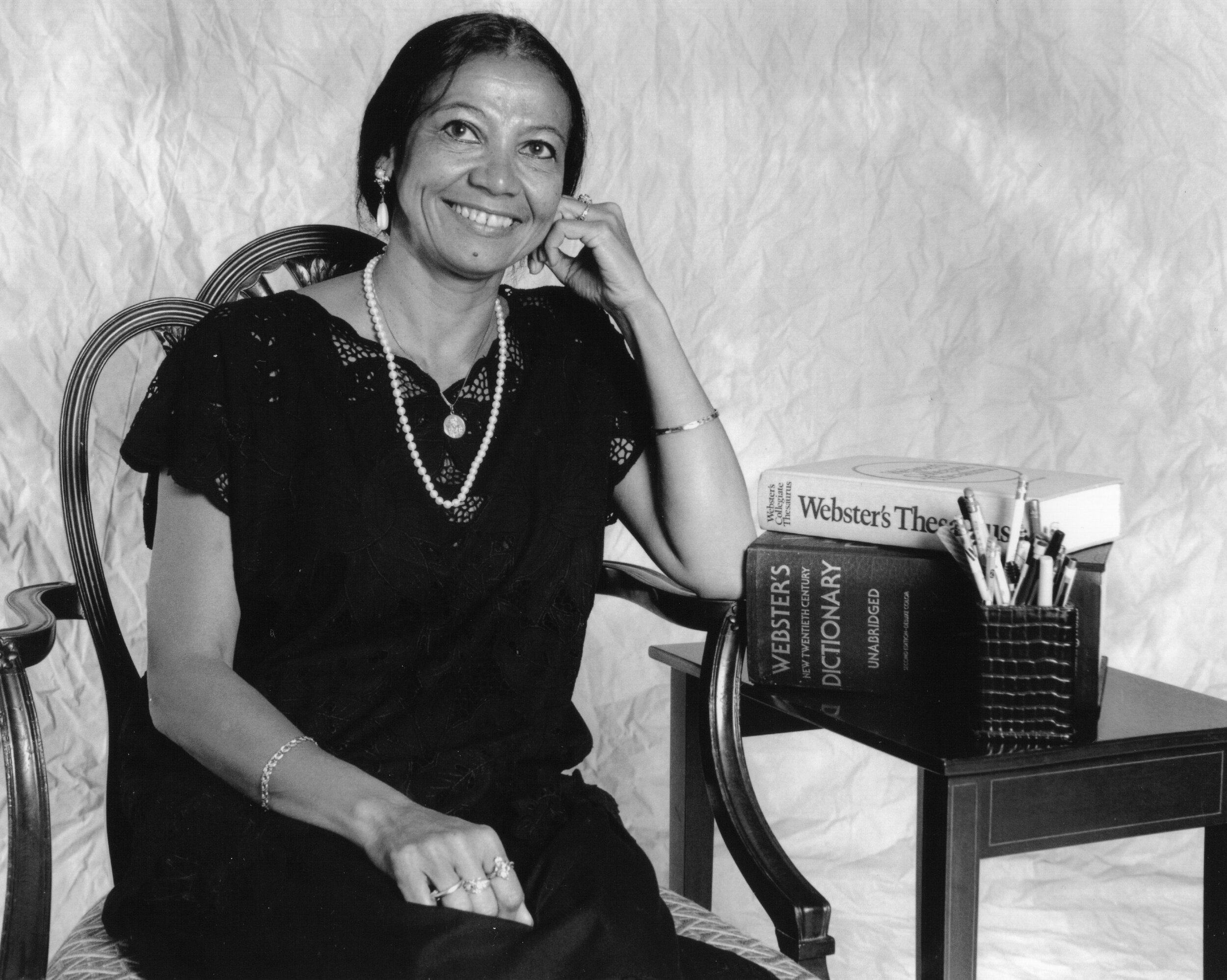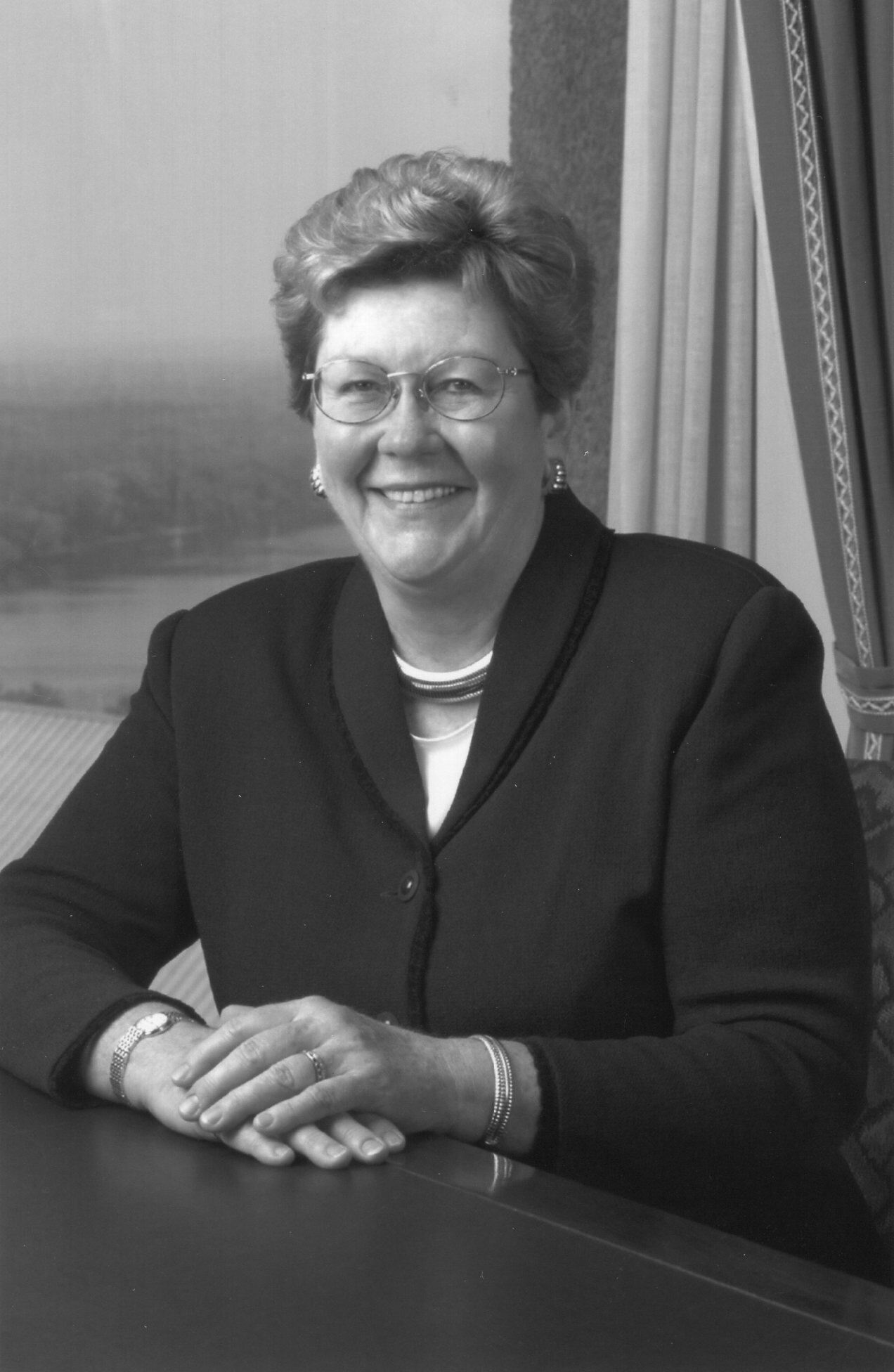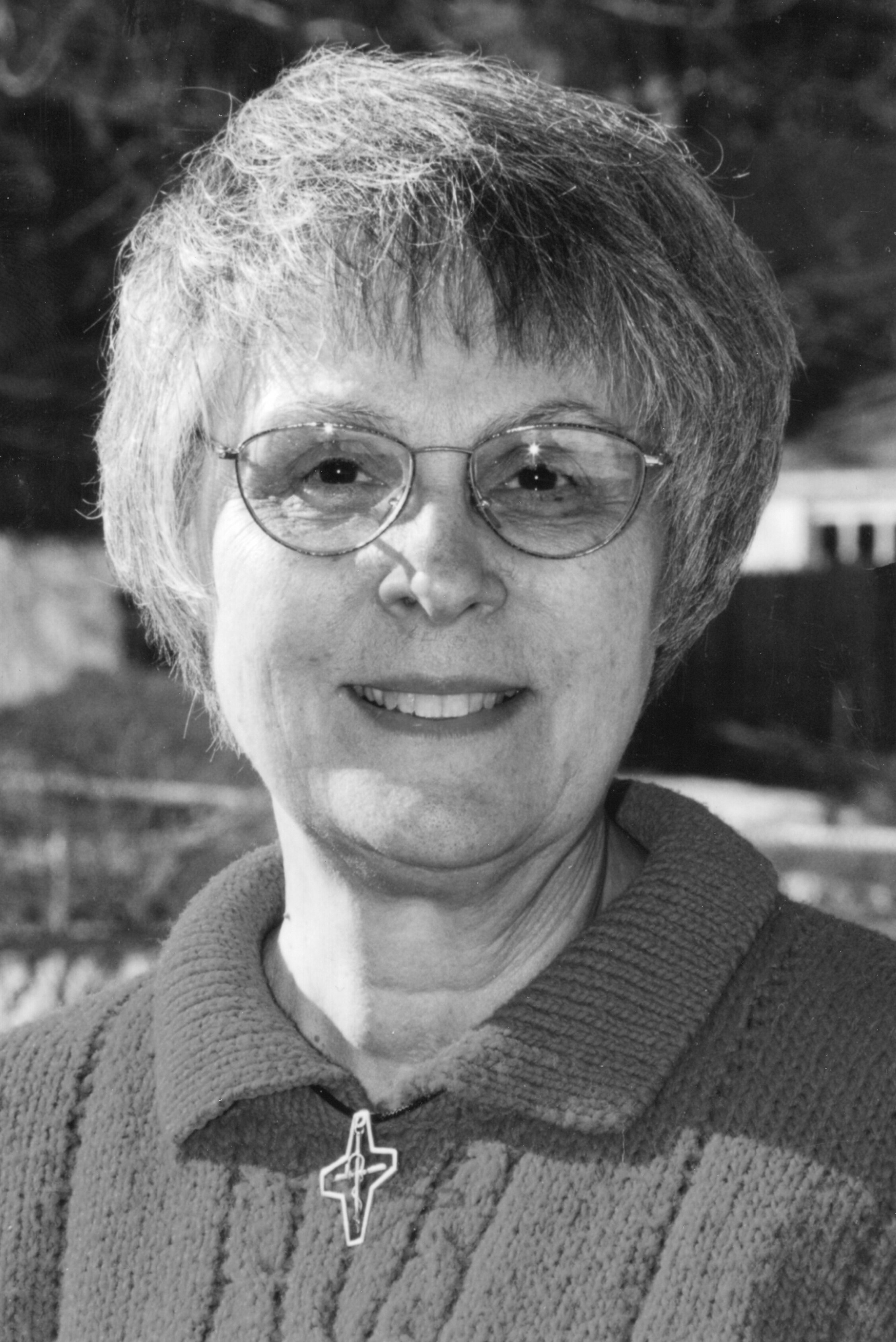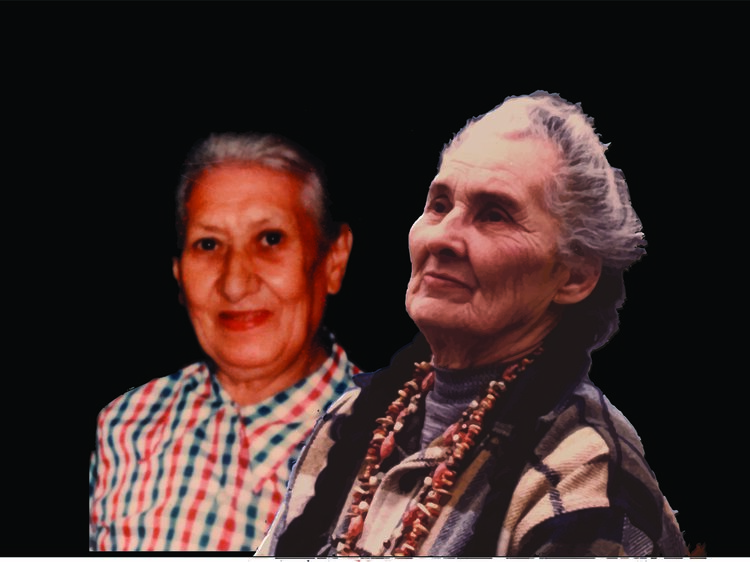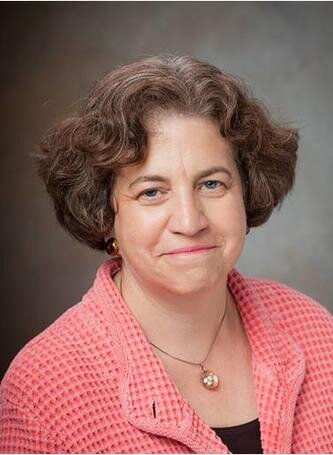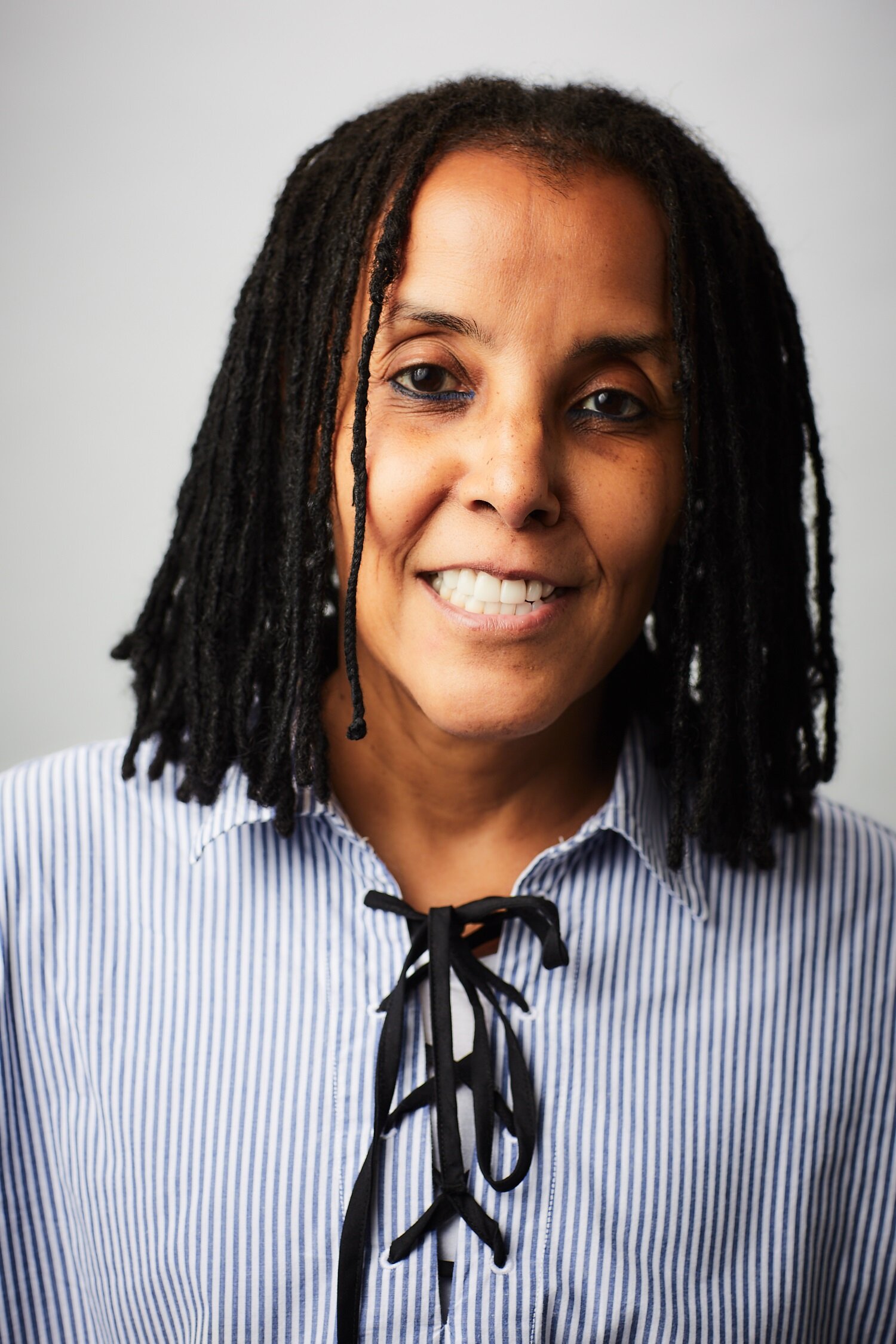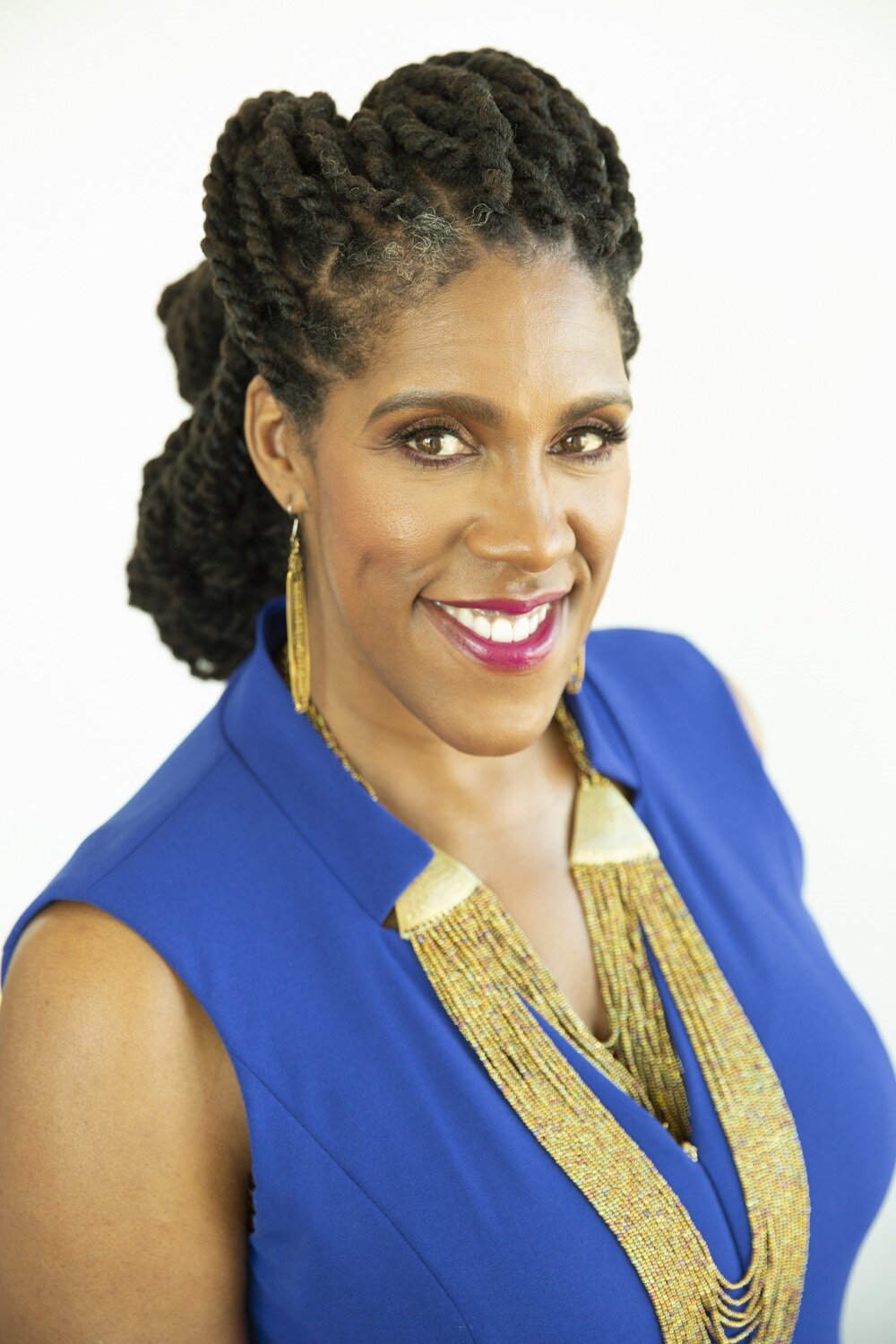Struggle for Justice
Feminism in the late 1960s was aided by President Kennedy, who formed the President’s Commission on the Status of Women in 1961, and his successor, President Johnson, who backed passage of Title VII of the Civil Rights Act of 1964 prohibiting discrimination based on race, sex, national origin, or religion. Difficulties in implementing the law through the Equal Employment Opportunity Commission (EEOC) led a group of women in 1966 to create the National Organization for Women (NOW), demanding “action to bring American women into full participation in the mainstream of American society now.”
A younger group called for a more radical approach to social change than simply considering what was possible to achieve politically. “Women’s liberation” demanded freedom without limitation. Some took part in consciousness-raising groups, others demonstrated against the Miss America pageant, and many discussed their expectations of mutual enjoyment of sex. They established rape crisis centers, domestic shelters, and women’s studies programs. Title IX of the federal Education Amendments Act also increased pressure on universities to hire more women faculty and expand the number of female college athletes. Activist protest among gays and lesbians, such as the Stonewall Riot, symbolized this group’s potential to resist oppression.
Under pressure, many states repealed legislation prohibiting abortion. In 1973, the Supreme Court legalized its availability to women in Roe v. Wade. Also in 1973, the Senate and the House of Representatives passed the ERA, and states began its ratification.
Yet, dissension arose in the ranks of the movement, as it had earlier after passage of the 19th amendment. Feminists disagreed as to whether pornography should be banned or protected as a form of free speech, and whether lesbian identities should be kept secret or disclosed. Black women were more concerned with poverty and welfare in their communities than with personal career advancement; for them, sterilization abuse was more important than abortion, and they were deeply insulted by attacks on the African American family as matriarchal and dysfunctional.
A backlash was growing in the 1970s, along with a New Right in politics. The ERA was defeated and opposition to abortion increased. Conflicts between pro-life and pro-choice candidates have impacted every presidential campaign since then.
Still, gains have been made in many areas. From 1960 to 2000, increasing numbers of women sought entry to higher education, and bachelor’s degrees awarded to them increased from forty to sixty percent. Definitions of marriage have changed, as when courts gave full rights and responsibilities and the name of marriage to same-sex civil unions in Connecticut in 2008. The Anita Hill-Clarence Thomas hearings in 1991 highlighted concern about sexual harassment on the job, and the number of sexual harassment cases filed with the EEOC have increased, as have judgments in favor of the women. Finally, in 2009, women crossed the fifty percent threshold and became the majority of the American workforce. Once largely confined to repetitive manual jobs, now they are running organizations that once treated them as second-class citizens.
The Women’s Movement has changed women’s lives, influenced the economy, and made debate about their roles, family life, and sexual conventions central to national politics and American history.
Special thanks to Barbara E. Lacey, Ph.D., Professor Emeritus of History, St. Joseph's College (Hartford, CT) for preparing these historical summaries.
Inductee Categories
Arts & Humanities
Business & Labor
Education & Preservation
Politics, Government & Law
Reformers
Science & Health
Sports
Writers & Journalists
Other Time Periods
A New World Colony & its Revolution
Industrialization & Reform
Prosperity, Depression & War
Women’s Activism in Conservative Times

